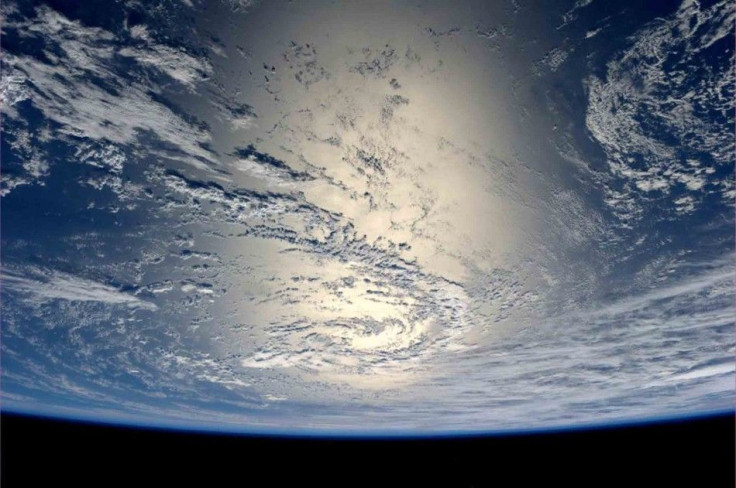Evidence of Alien Life Could be Discovered in the Next 20 Years
New Generation Telescopes Will be Able to Identify Life on Exoplanets

Experts have claimed that astronomers could find evidence of alien life in the next 20 years. In the journal Proceedings of the National Academy of Sciences, US planetary scientist Dr Sara Seager from the Massachusetts Institute of Technology (MIT) said, "We can say with certainty that, for the first time in human history, we are finally on the verge of being able to search for signs of life beyond our Solar System around the nearest hundreds of stars."
The next generation of space telescopes will be able to identify the chemical fingerprints of life written in the atmospheres of planets orbiting nearby stars. Astronomers are sure that every star in our galaxy, the Milky Way, would have at least one planet and rocky world like the Earth.
Dr Seager said, "Our own galaxy has 100 billion stars and our universe has upwards of 100 billion galaxies --- making the chance for life elsewhere seem inevitable based on sheer probability." She explained that in a decade or two a handful "potentially habitable" exoplanets will have been found and their atmospheres would be studied as well.
American space agency Nasa's James Webb Space Telescope (JWST) is the first of the "next generation" telescopes that will be launched in 2018. It has the ability to analyse the atmosphere of several "super- Earths", which are rocky planets similar to earth but larger. Since different particles and elements absorb different wavelengths of light they provide details of the atmosphere's make up.
Another fact is that living things give out "biosignature" gases, if this is detected in another planet's atmosphere there could be an indication of life on it. The challenges scientists face is with regard to methane which is a gas that could be produced both by geological processes and living organisms as well.
Dr Seagre said that the likelihood of "false positives" could be reduced by searching for rarer biosignature gases more closely tied to living systems, such as dimethyl sulphide (DMS), and methanethiol. He also pointed that only a technology that would be able to image a large number of exoplanets would be able to track evidences of extraterrestrial life. This however, is equivalent to picking out a firefly in the glare of a searchlight from a distance of 2,500 miles.
Yet two techniques now under development could make direct imaging of planets similar to earth possible, one would be to block out starlight that would result in a clearer view of the orbiting exoplanets. The other being "starshade", this would block out light from a star but will not affect a a planet's reflected light.
"To be confident of finding a large enough pool of exoplanets to search for biosignature gases, we require the ability to directly image exoplanets orbiting 1,000 or more of the nearest Sun-like stars," said Dr Seager. "We stand on a great threshold in the human history of space exploration. If life is prevalent in our neighbourhood of the galaxy, it is within our reach to be the first generation in human history to finally cross this threshold and learn if there is life of any kind beyond Earth."





















